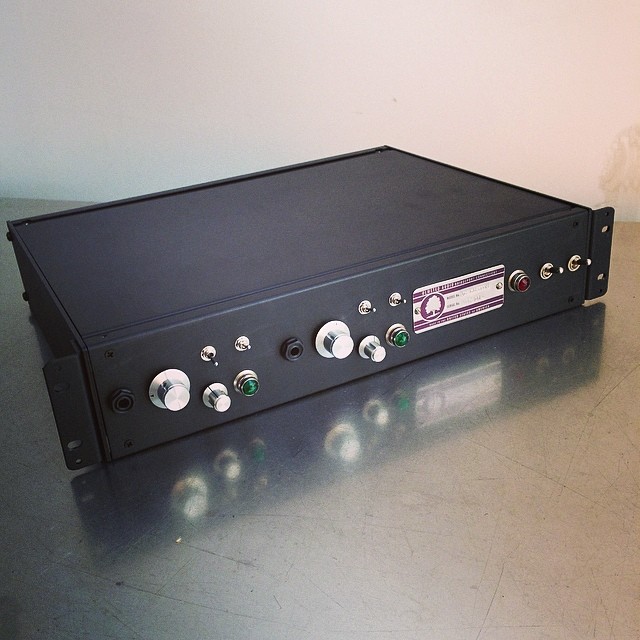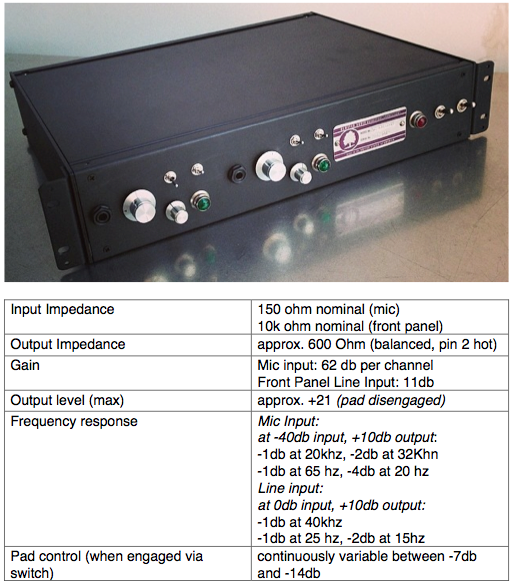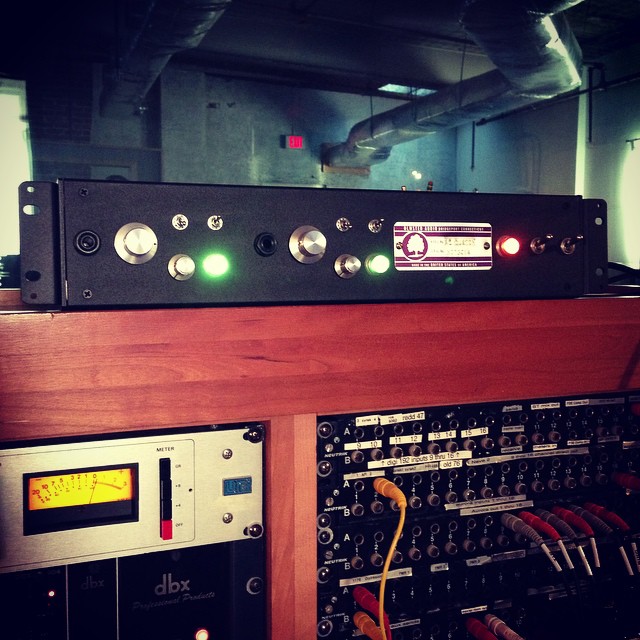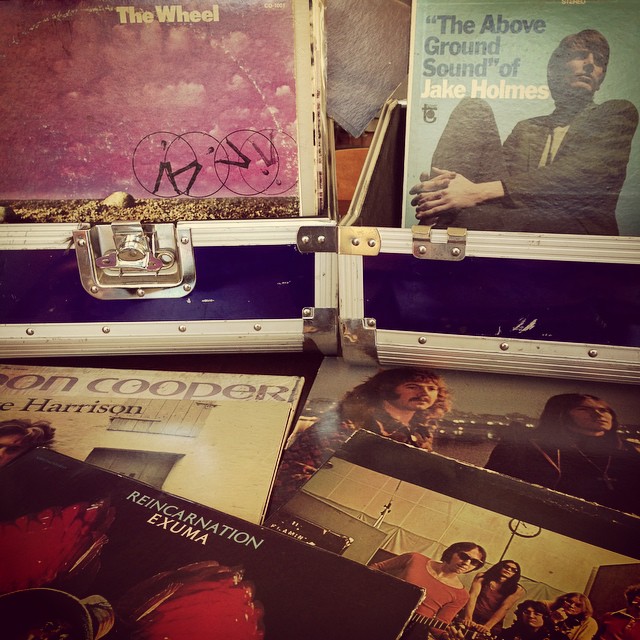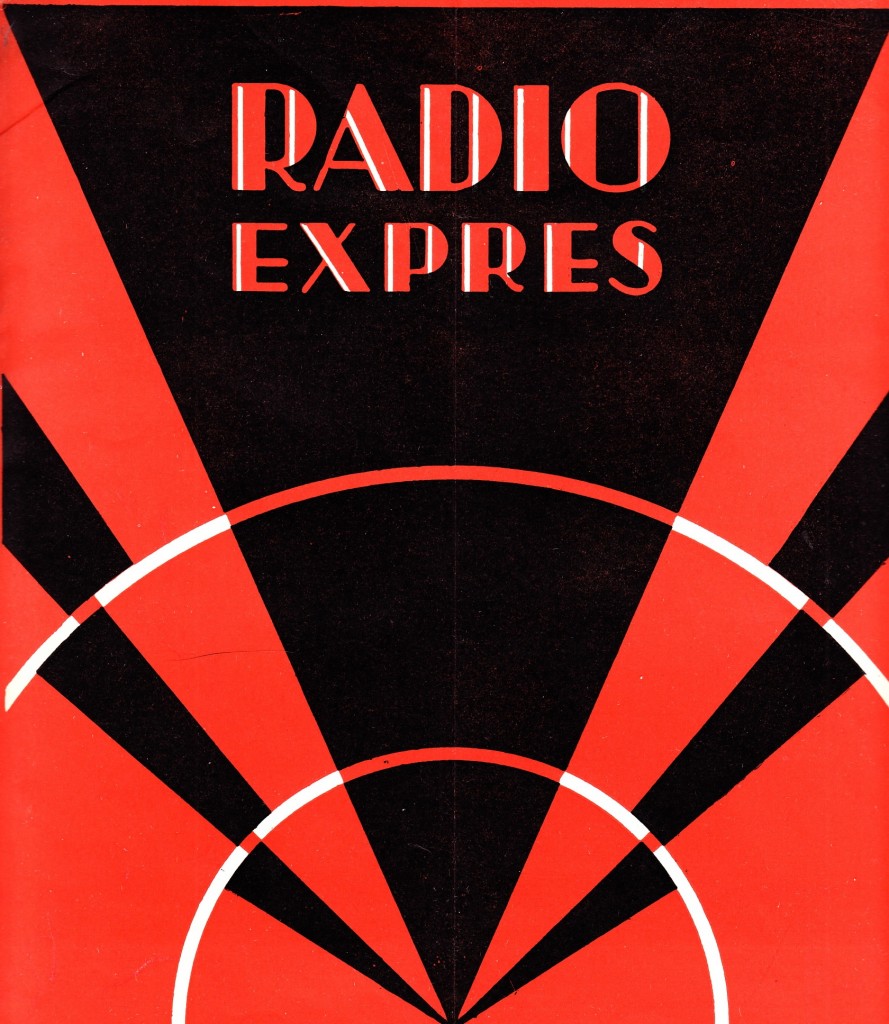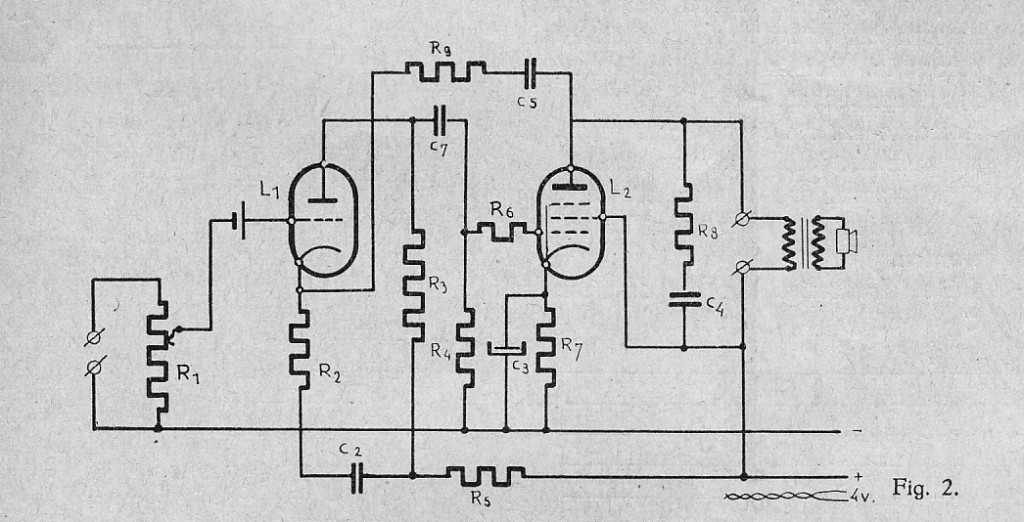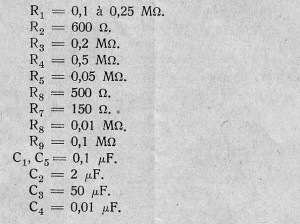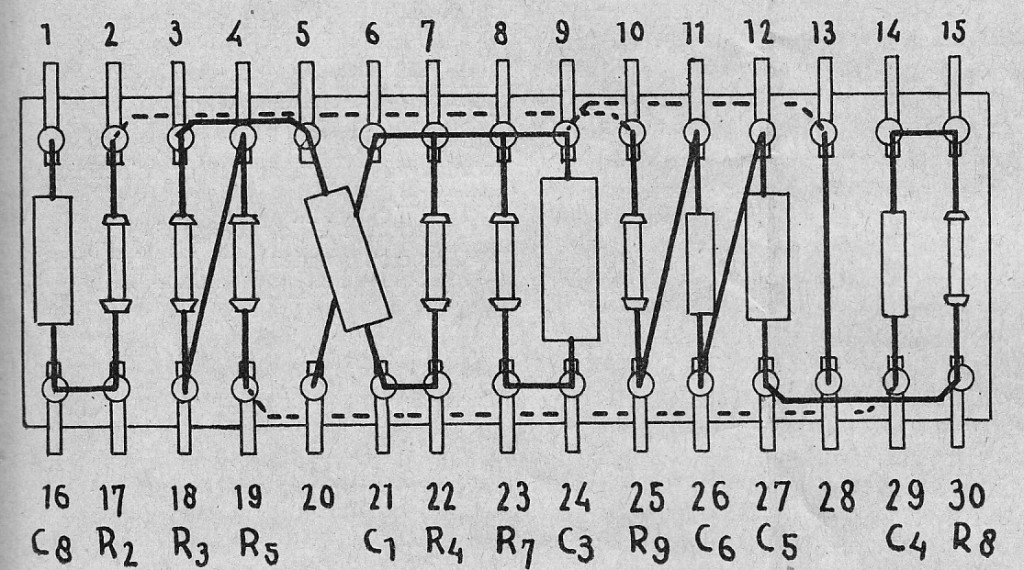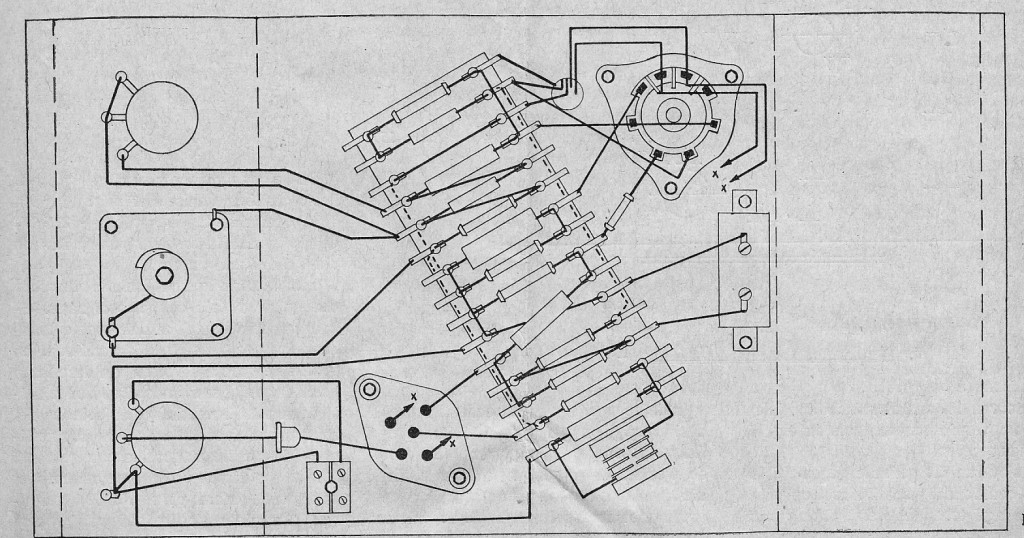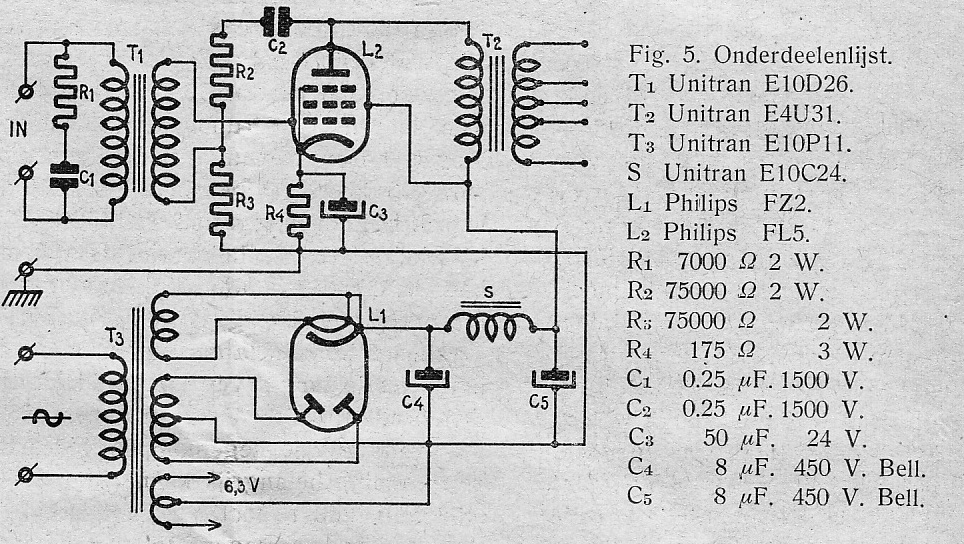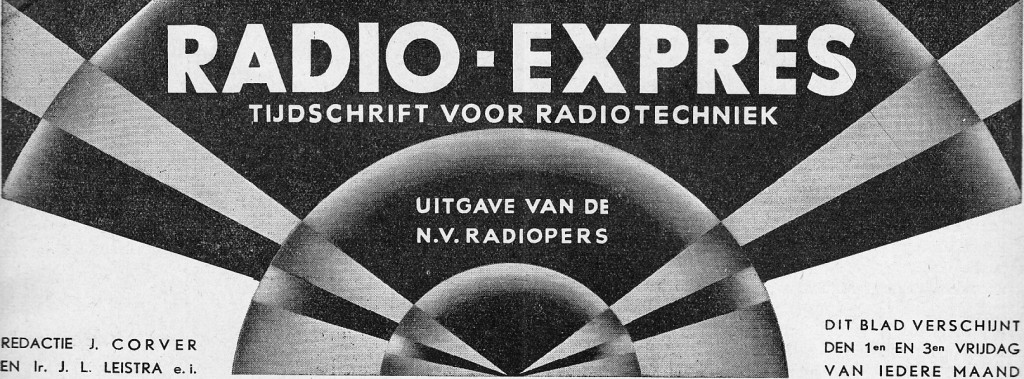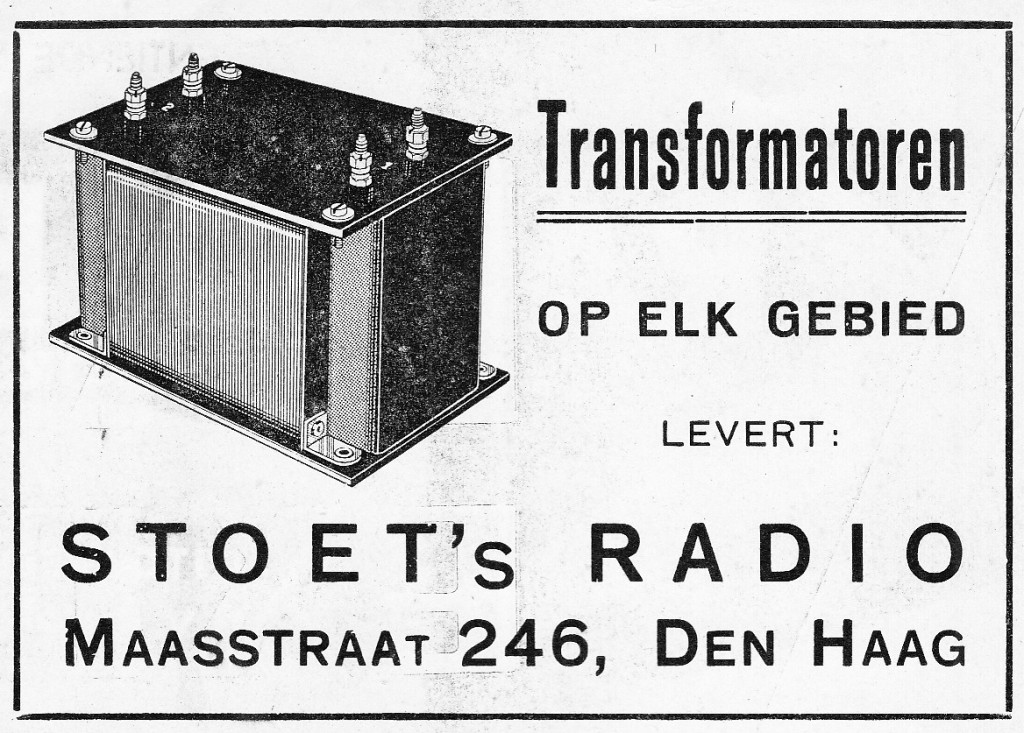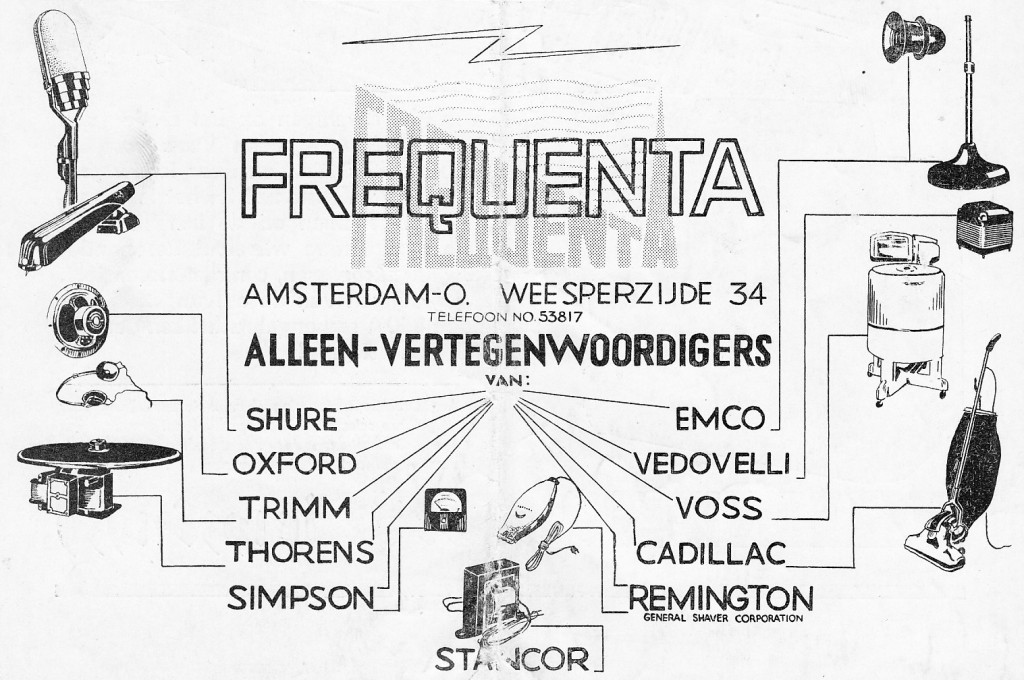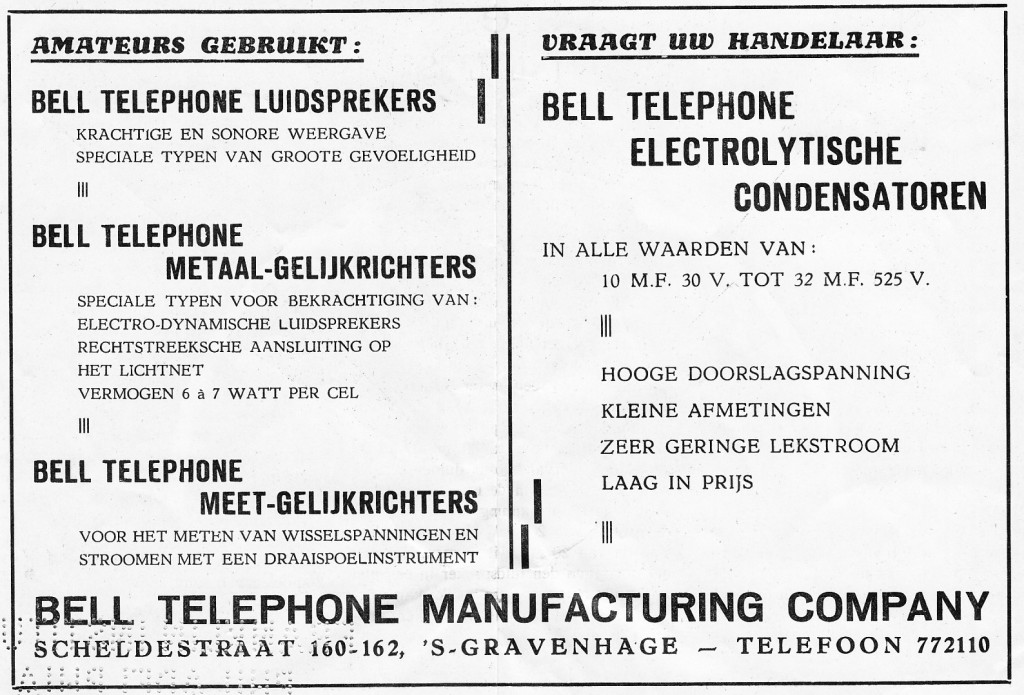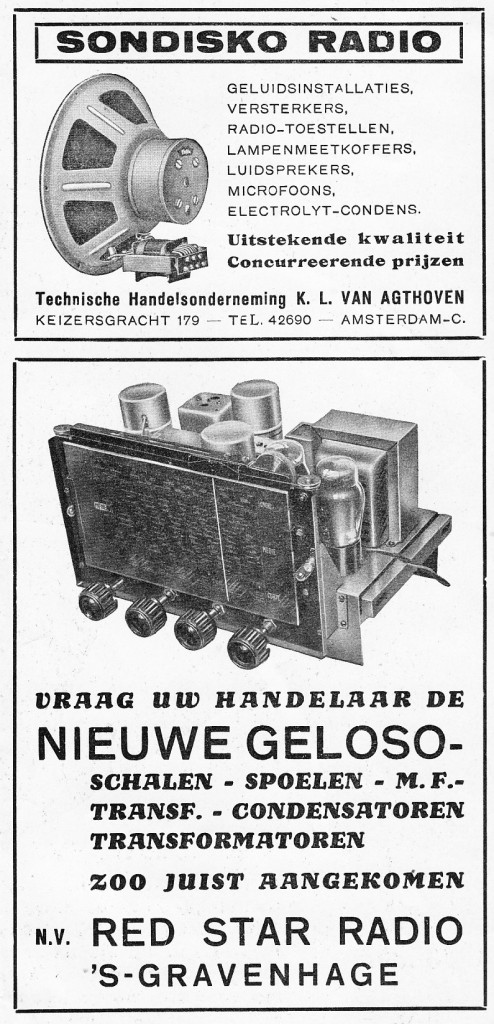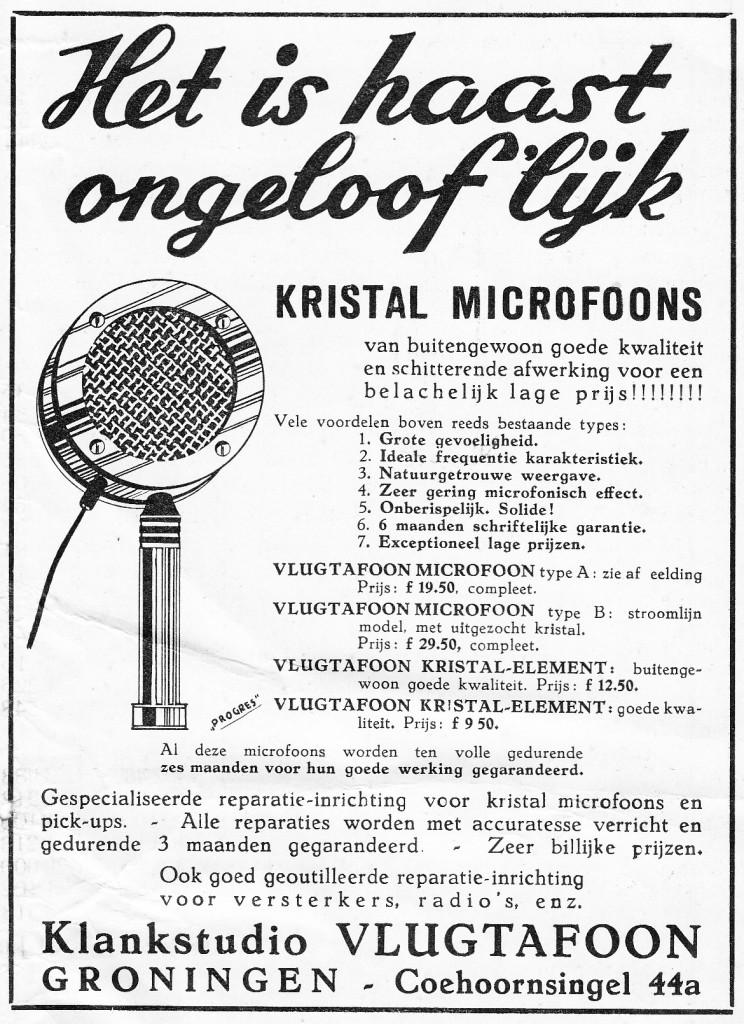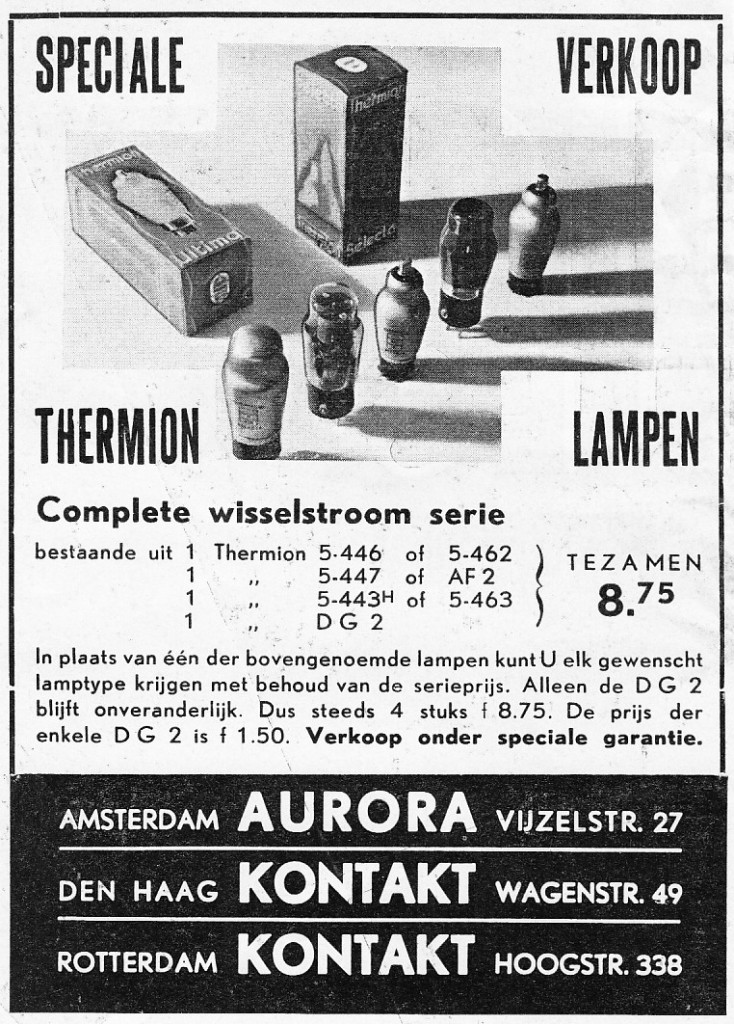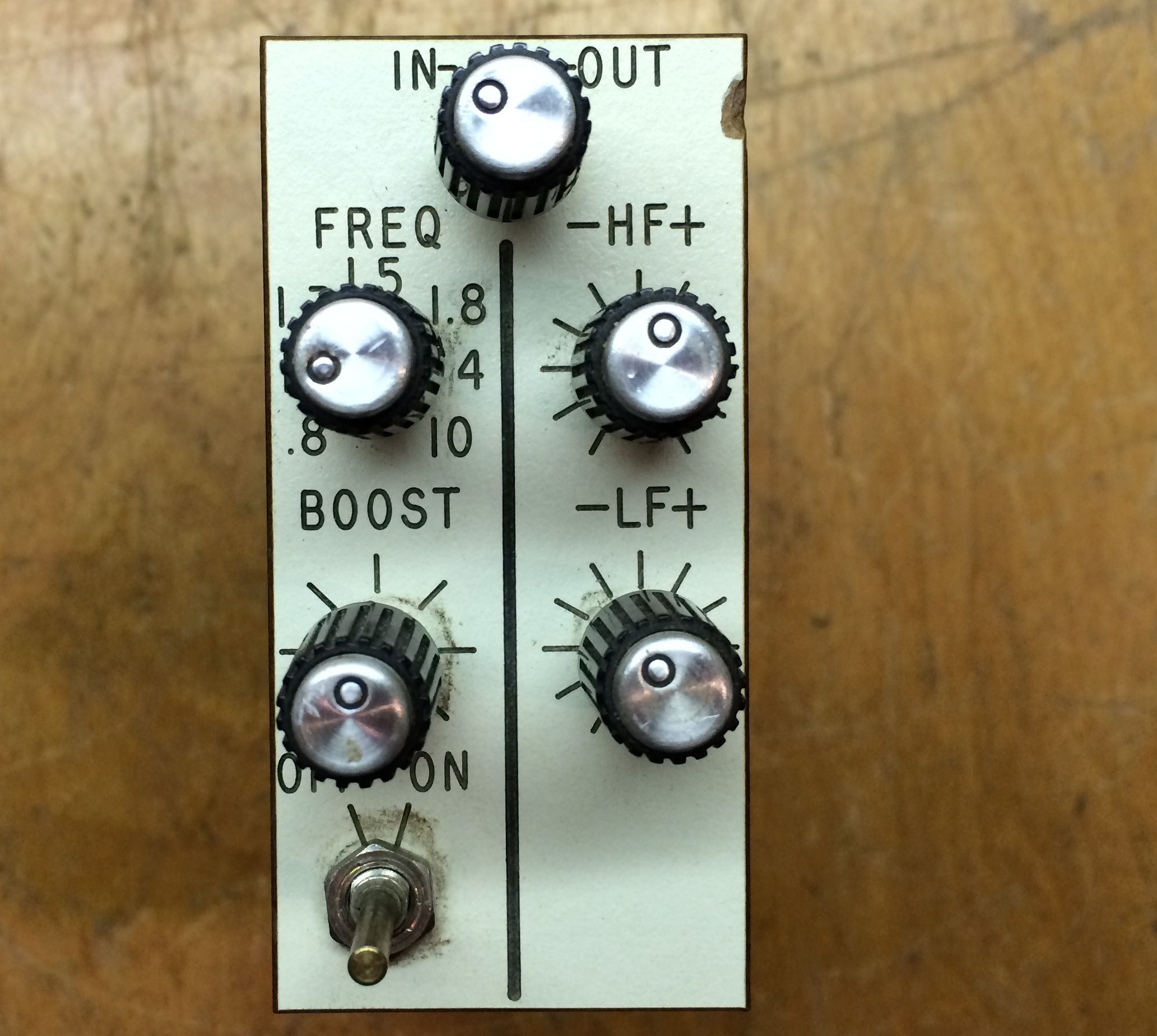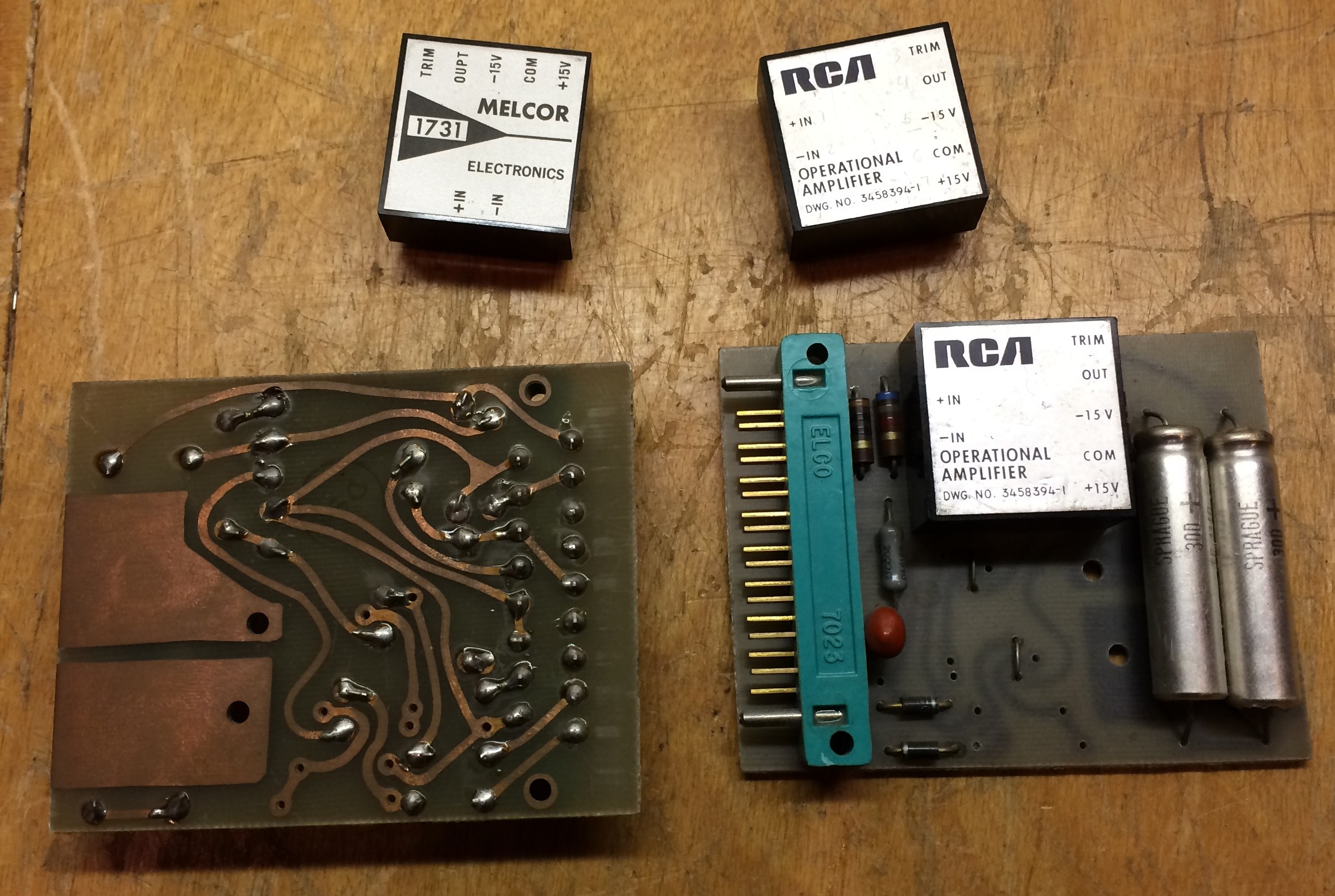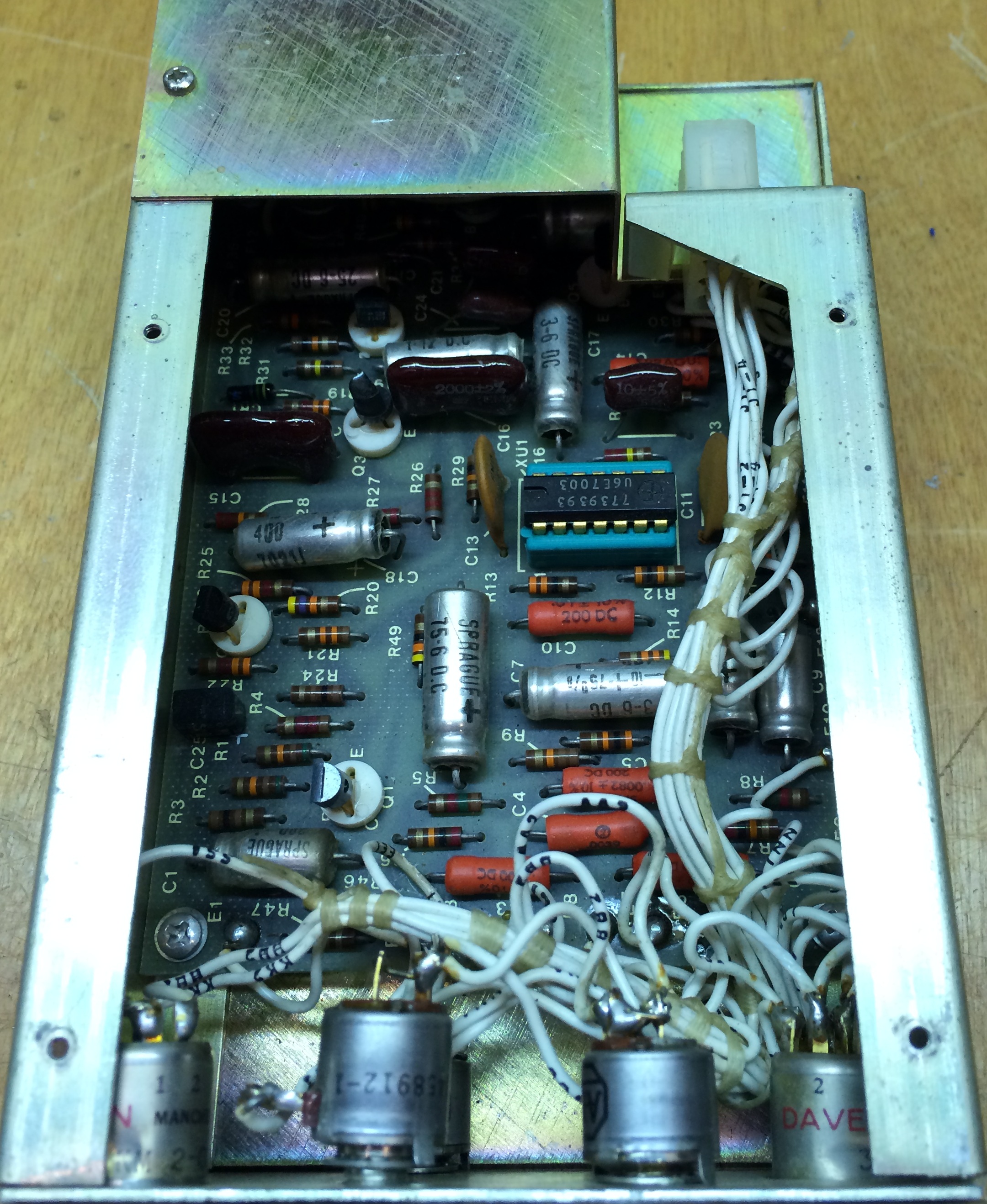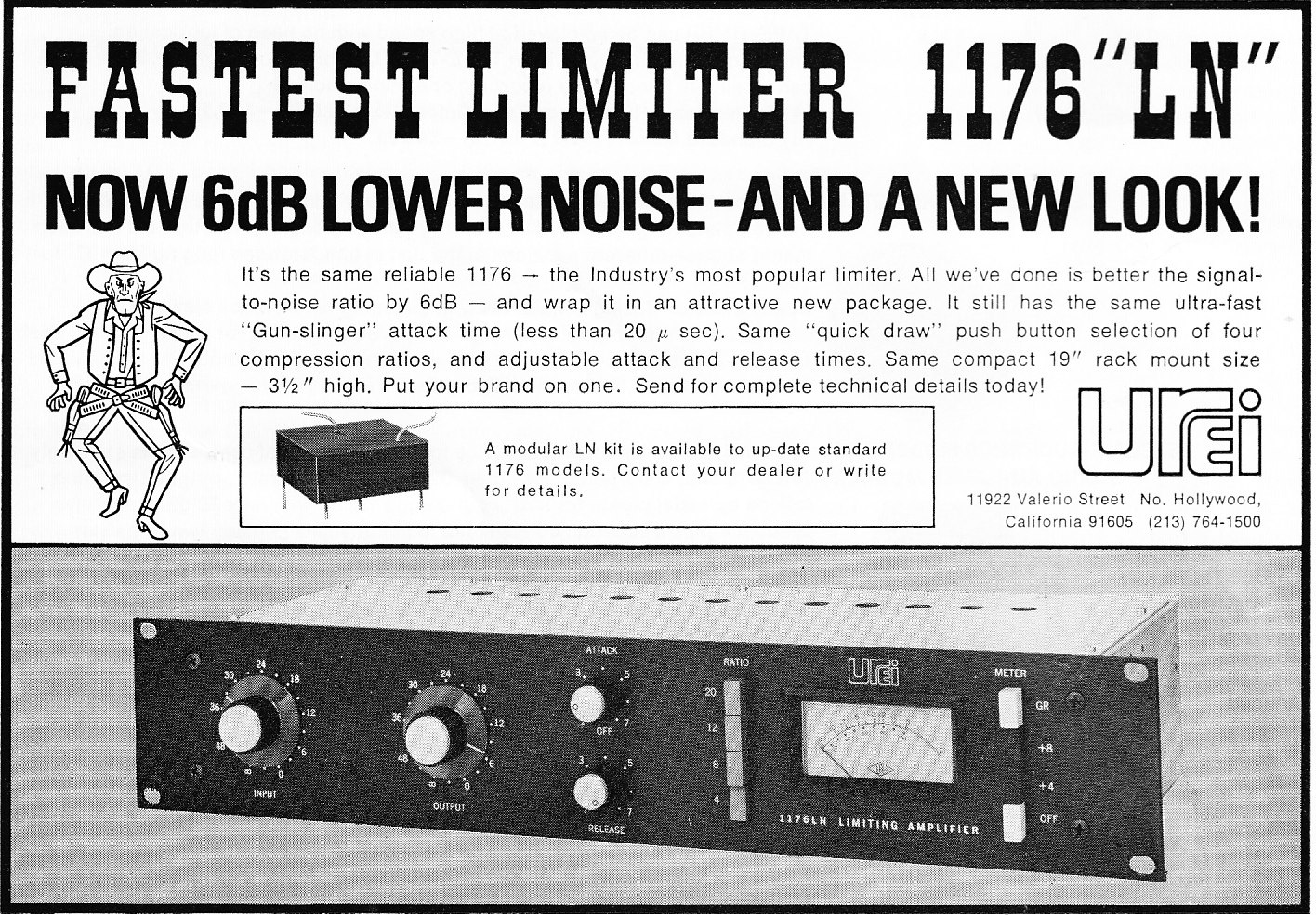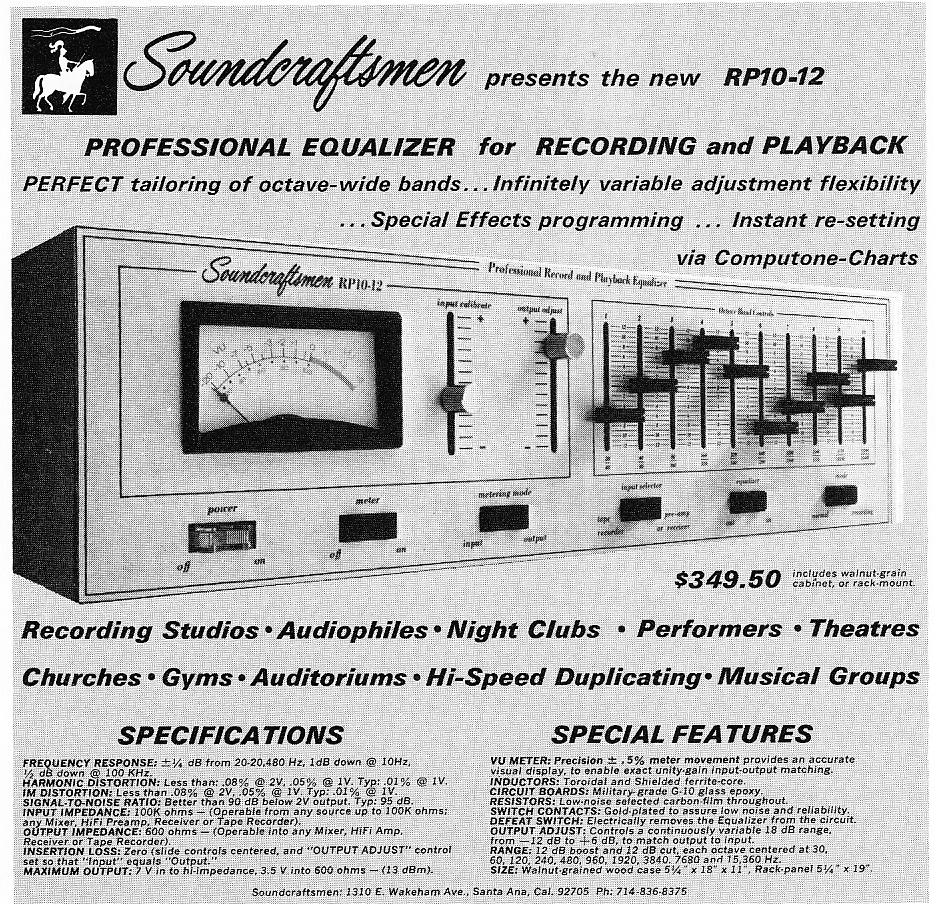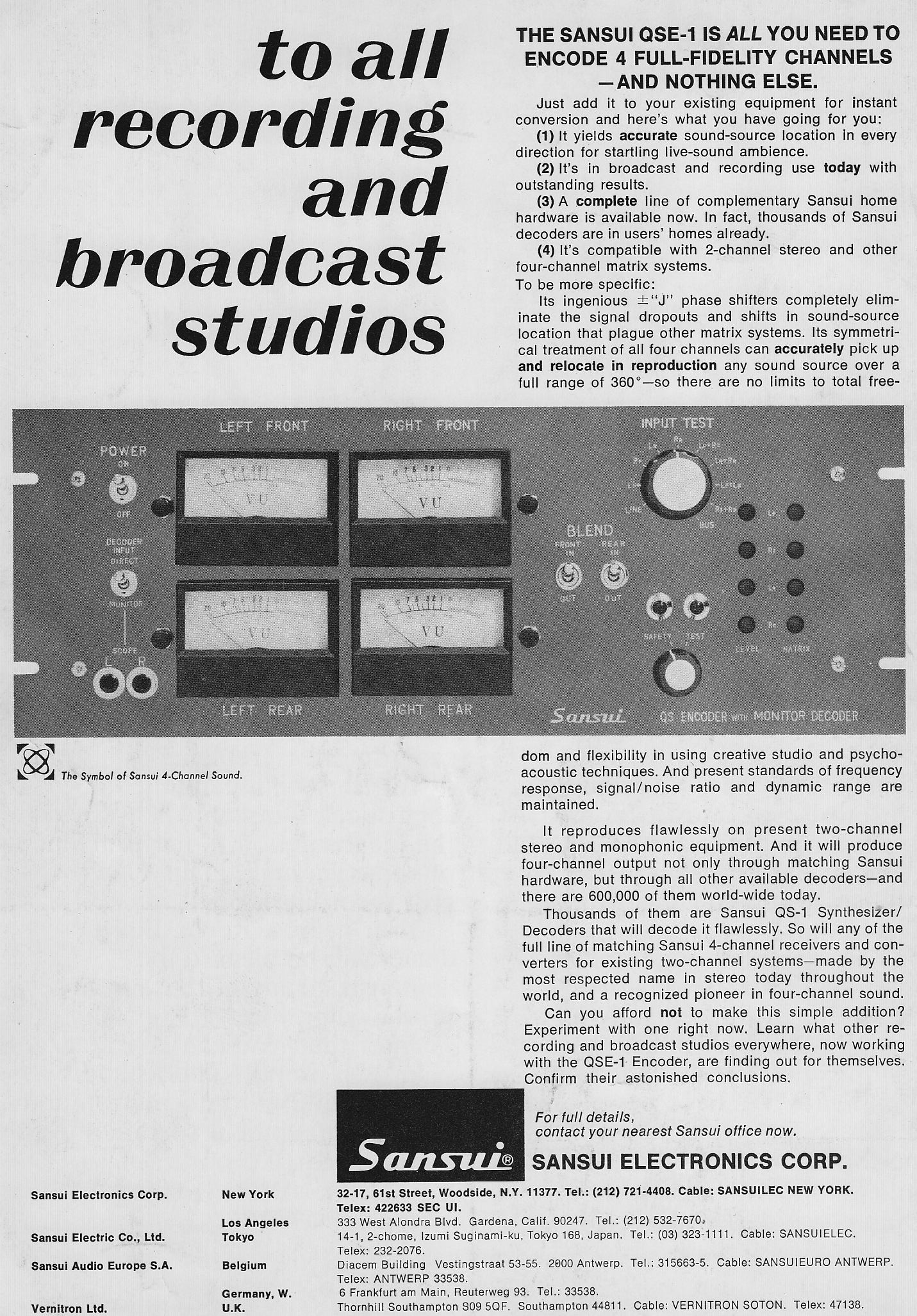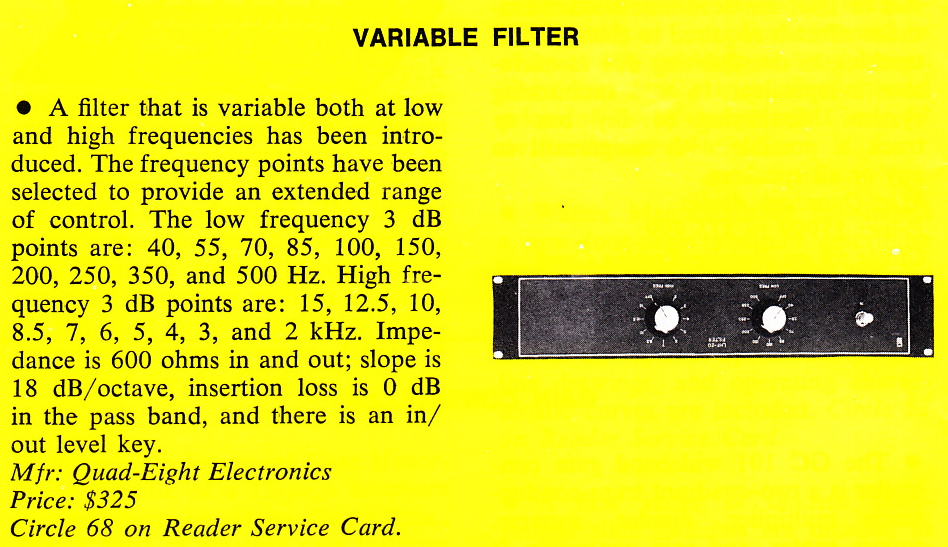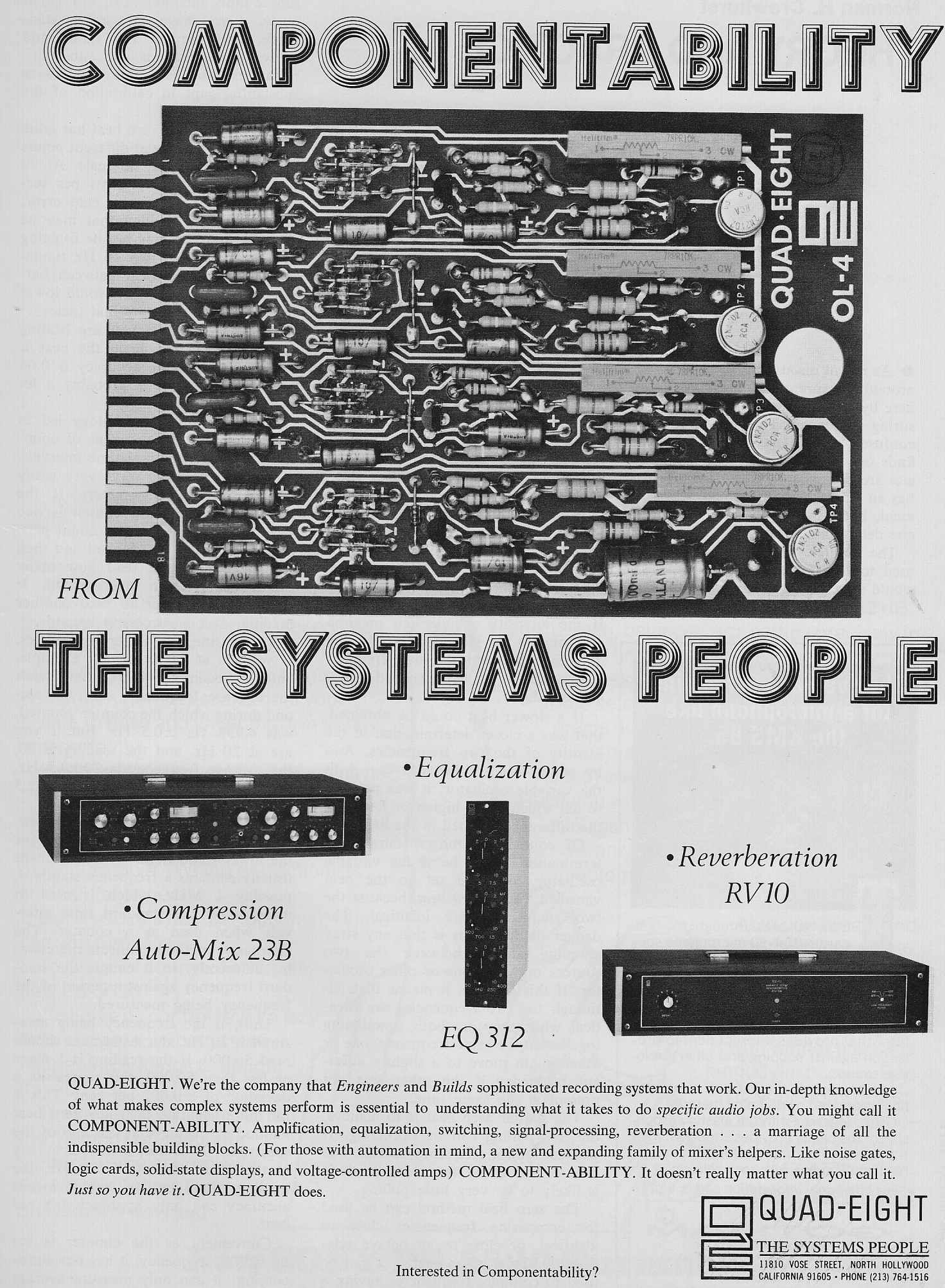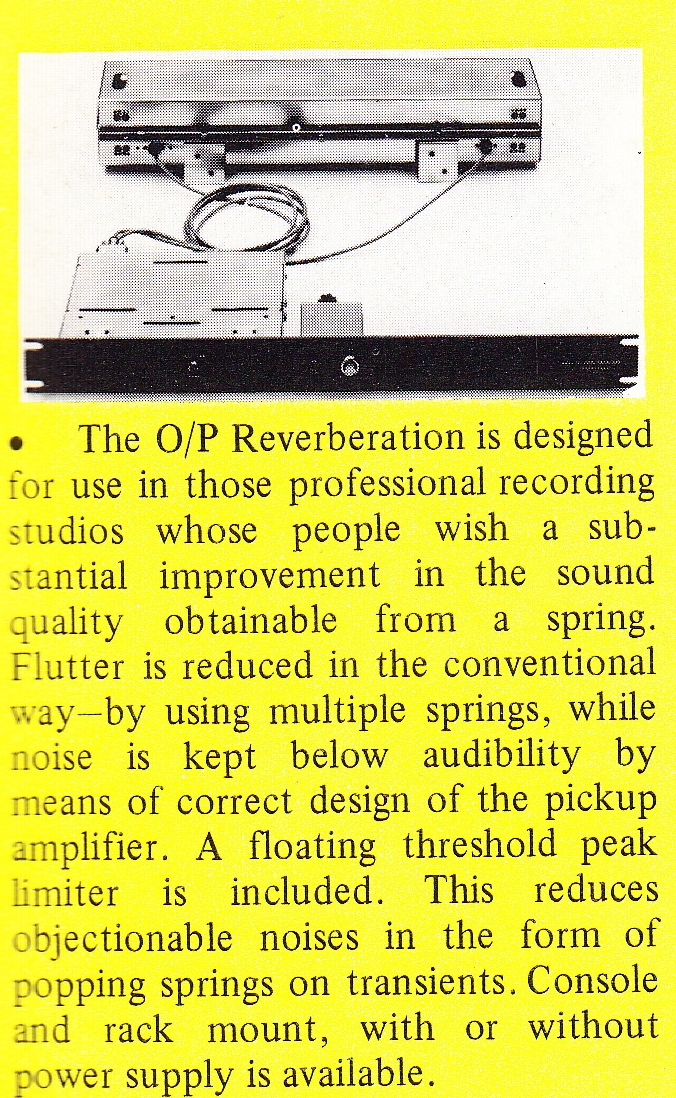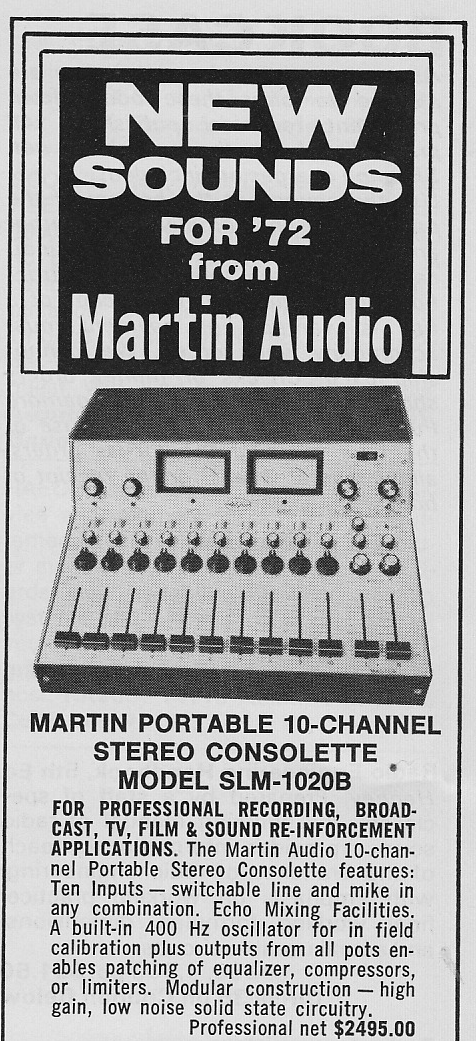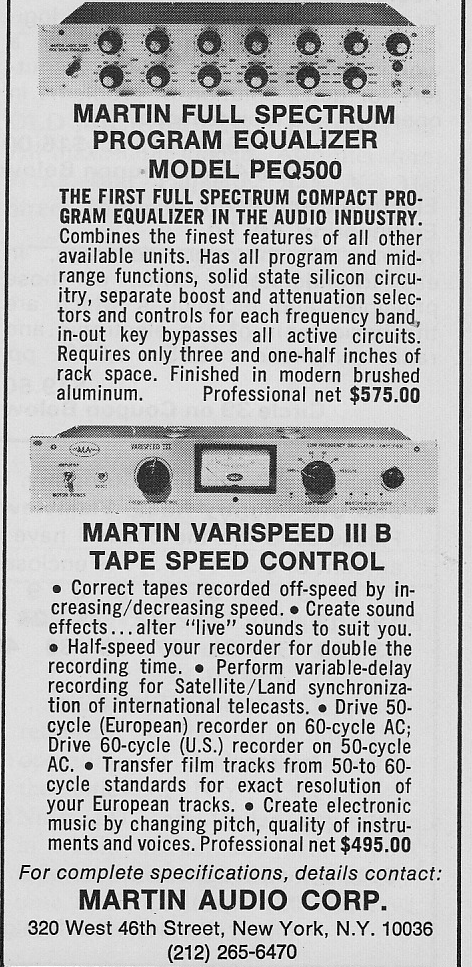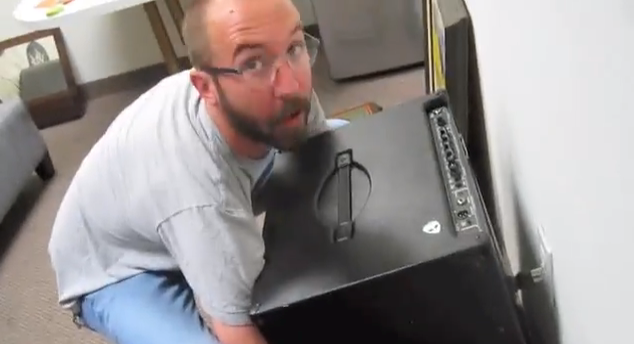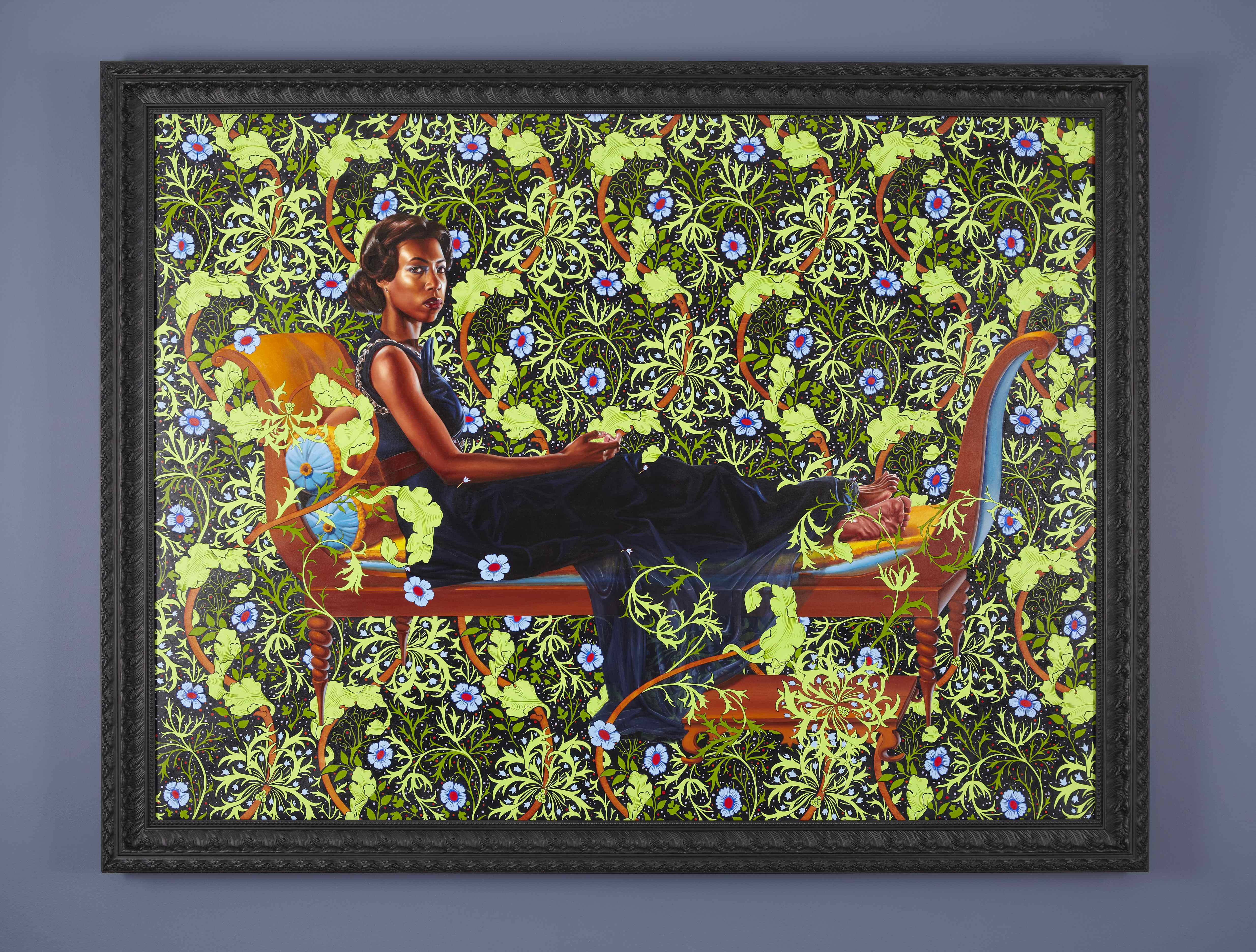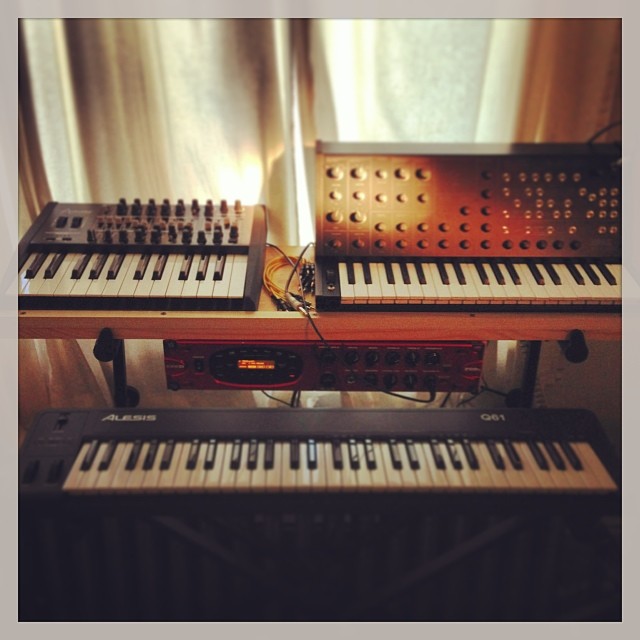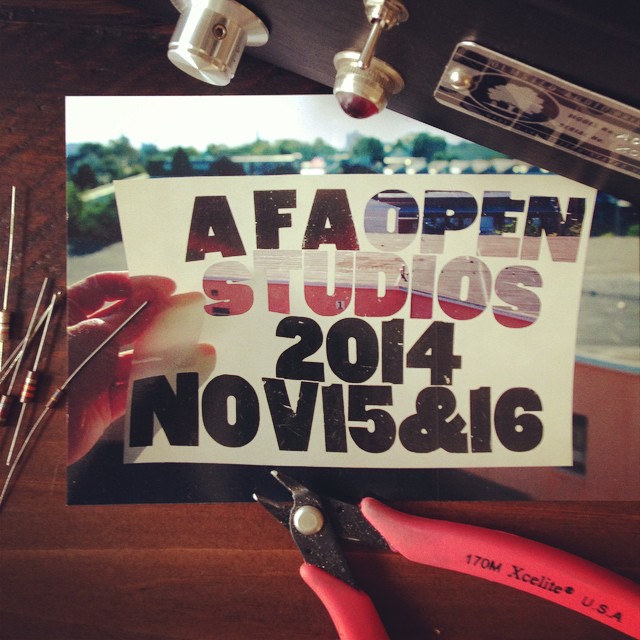 Above: a picture of a picture of a picture (via internet): take that Baudrillard
Above: a picture of a picture of a picture (via internet): take that Baudrillard
How y’all doing on this fine day,,, before I head off to the sad+moldy basements of lower Fairfield county to hunt for more piles of ancient electronic arcana for the 1000th consecutive Friday morning, I wanted to LYK about next weekend’s OPEN STUDIO event.
Located in the former American Fabrics building in Bridgeport’s far East side, Preservation Sound will open our doors to the public for this once-yearly event along with all the wonderful artists and craftspeople who occupy this circa 1900 factory.
It is free and open to all.
See all the details, get directions, etc, here.
The AmFab building, home to the studios of 30-40 artists, is only one of several large art-spaces in Bridgeport that is taking part in this event. You can also visit The Nest and 305 Knowlton and a host of other venues on this weekend. It’s fun and family-friendly and always a lively good-time.
I will be working in the shop(pe) through the weekend, probably on some sort of tube mic preamp that I am late in delivering to a customer, and also… SELLING… reams of stuff.
Because we’re moving.
And this is probably our last open-studio event for some time.
I’ve had two shops for a few years now and that’s just one-too-many. So I’ve decided to consolidate and shut down this location.
I’ll be selling loads of LP records, musical gear, guitars, sound equipment, drums, and tubes tubes tubes tubes. Tools, transformers, parts, you name it.
And no, I don’t have a list so pls don’t ask. If I was that organized of a person I would sell the stuff on eBay at much higher prices.
Come on down, chat, and enjoy a complimentary beverage and/or rectangular piece of cheese.
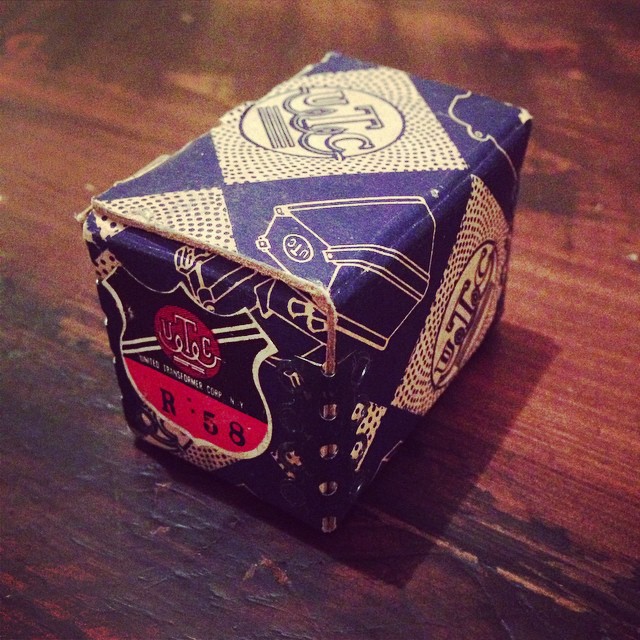 While searching through my output transformer shelf for a suitable reverb-driver transformer for the basket-case Kalamazoo Reverb 12 I recently rehab’d, I was glad to find this ancient NOS UTC R-58. Inside the box was a near-disintegrated wiring sheet for the entire UTC ‘R’ line. If you find yourself with any of the following units, here is what you need to know to implement it in your piece. Apologies for the poor condition of the paper, this is the best we got! INCLUDES: UTC R-27, R-28, R-38, R-38A, R-59, R-60, R-58 output transformers, UTC R1, R2, R3, R4, R5, R11, R12, R13, and R54 power transformers; and UTC R23, R24, R25, R26, R27, R28, and R29 ‘varitap’ interstage and input transformers.
While searching through my output transformer shelf for a suitable reverb-driver transformer for the basket-case Kalamazoo Reverb 12 I recently rehab’d, I was glad to find this ancient NOS UTC R-58. Inside the box was a near-disintegrated wiring sheet for the entire UTC ‘R’ line. If you find yourself with any of the following units, here is what you need to know to implement it in your piece. Apologies for the poor condition of the paper, this is the best we got! INCLUDES: UTC R-27, R-28, R-38, R-38A, R-59, R-60, R-58 output transformers, UTC R1, R2, R3, R4, R5, R11, R12, R13, and R54 power transformers; and UTC R23, R24, R25, R26, R27, R28, and R29 ‘varitap’ interstage and input transformers.

